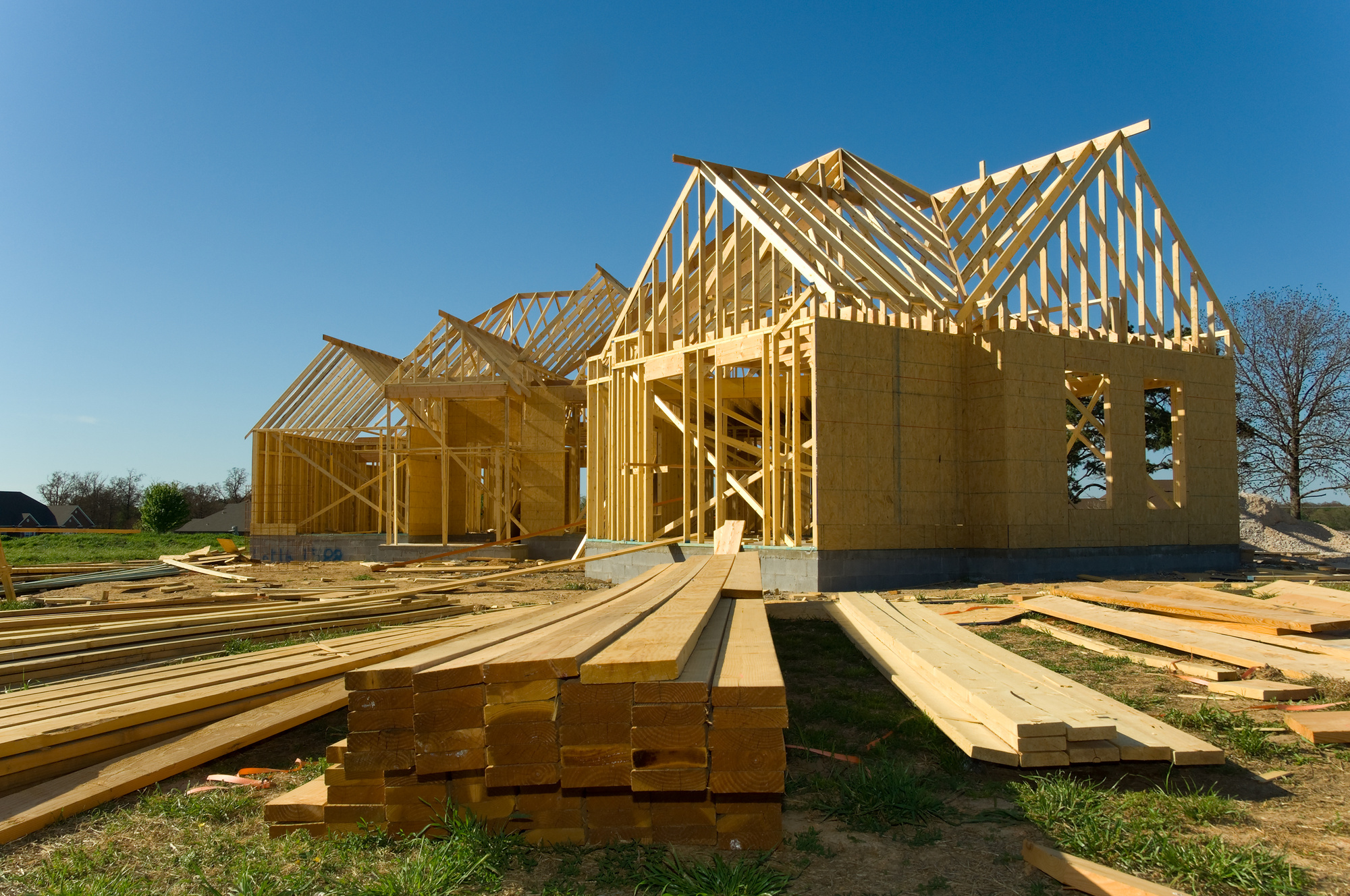Building a new home is an exciting journey, filled with opportunities to tailor your living space to your tastes and needs. However, this process also comes with its fair share of challenges. One of the most significant is finding the right balance between customization and convenience. This article will guide you through the key considerations and strategies to achieve this balance, ensuring your new home reflects your style and is a testament to practical living.
Understanding Your Options: From Custom Builds To Spec Homes
When building a new home, you’re presented with various options, each offering a different balance of personalization and convenience. Custom homes stand at one end of this spectrum. These are bespoke creations designed and constructed from the ground up to fit your unique vision. You have the freedom to choose every detail, from the layout to the materials, ensuring that your new home truly reflects your style and preferences.
On the opposite end are spec homes. Developers construct these houses with a broad market appeal in mind. They are often part of larger developments designed to appeal to a wide range of buyers. Spec homes come with the advantage of being move-in ready or nearing completion, offering a quicker and often less stressful path to homeownership. However, this convenience can come at the cost of individuality, as these homes are built without a specific buyer’s preferences. Understanding these differences will help you navigate the home-building process more effectively, aligning your choices with your expectations for your new home.
Prioritizing Your Needs And Desires
The key to a successful home build is understanding and prioritizing what matters most to you. Begin by asking yourself what you envision for your dream home. Is it a specific architectural style that resonates with your aesthetic sensibilities? Are you looking for a layout that supports your family’s lifestyle, such as an open-plan living area or a home office? Maybe the location is your top priority, seeking a neighborhood that aligns with your lifestyle or is close to work and schools. Or perhaps the interior finishes, such as flooring, countertops, and fixtures, hold the most significance for you.
You can create a clear roadmap for your home-building journey by identifying these priorities. This clarity helps in making informed decisions, ensuring that your new home meets and exceeds your expectations, and balancing your dreams with the practicalities of home construction.
Navigating Budget Constraints
Budget considerations are a pivotal aspect of any home-building project. It’s vital to establish a realistic budget early in the process and adhere to it. This financial discipline will guide your decisions, helping you understand where you can afford to splurge and where you need to save. For instance, you might choose a less expensive flooring option to allocate more funds to high-end kitchen appliances.
Sometimes, a balance between customization and budget can be achieved through semi-custom options. These options allow for some personalization without the full cost of a custom build. Slight modifications to existing plans or selecting from various pre-designed finishes can offer personalization while controlling costs.
Choosing The Right Professionals
Selecting your architect, builder, and interior designer is a critical decision in home building. These professionals should possess the necessary expertise and experience and be in sync with your vision and communication style. A good builder or architect will be your guide, translating your ideas into practical designs and helping you navigate the complexities of construction. They should be willing to collaborate, offering alternatives that align with your vision while considering budget and time constraints.
Maximizing Space And Functionality
While the aesthetic appeal of your new home is important, functionality should not be overlooked. Consider how each space will be utilized. For instance, an open-plan kitchen and living area might be ideal if you entertain frequently. A dedicated and quiet office space becomes a priority if you work from home. The key is to design a home that looks beautiful and supports and enhances your daily activities and lifestyle.
Incorporating Future-Proofing Elements
Future-proofing your home involves thinking ahead and planning for changing needs and technologies. This could mean designing rooms that can adapt to different purposes over time, installing infrastructure for smart home technology, or incorporating sustainable features like solar panels or energy-efficient appliances. Considering these elements, your home remains functional, comfortable, and valuable for years.
Balancing Trends And Timelessness
In-home design trends can be alluring, offering a contemporary edge to your space. However, balancing these trends with timeless elements is important to ensure your home doesn’t feel outdated quickly. Consider using trendy colors or materials in easily changeable elements like wall paint or accessories while opting for classic designs in more permanent features like cabinetry or flooring.
Finishing Touches
After the structural and functional elements are complete, the finishing touches allow you to personalize your space. This is where your style shines through. Whether it’s bold paint color, unique light fixtures, or custom cabinetry, these details infuse your home with personality and character.
Staying Involved Throughout The Process
Your active participation is crucial in ensuring that your new home aligns with your vision. Regular communication with your building team, attending site meetings, and being involved in decision-making processes are key to keeping the project on track. Your involvement ensures that your preferences are understood and executed, and any issues are addressed promptly, balancing your vision and the practical realities of construction.
Conclusion
Building your dream home is a blend of imagination and pragmatism. By understanding your options, prioritizing your needs, and working with the right professionals, you can create a space that is uniquely yours and comfortably livable. Remember, the ultimate goal is to build a home that resonates with your style while remaining functional and practical for your lifestyle.
